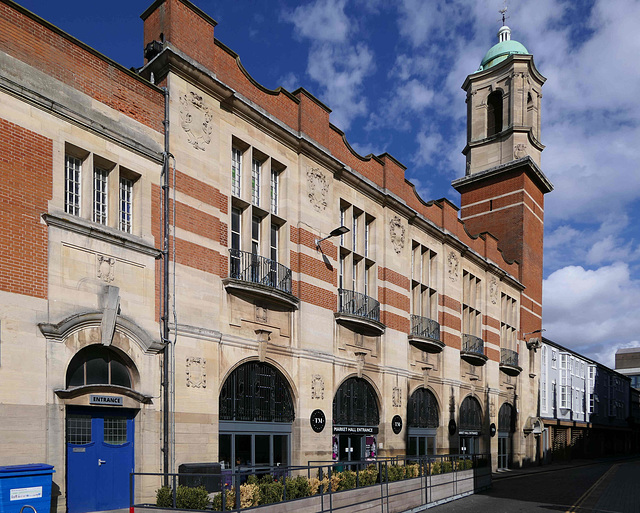Jaguar XK 150
Hannover - Sprengel Museum
Hannover - Sprengel Museum
Hannover - Sprengel Museum
Hannover - Sprengel Museum
Hannover - Sprengel Museum
Hannover - Sprengel Museum
Hannover - Sprengel Museum
Hannover - Sprengel Museum
Hannover - Sprengel Museum
Hannover - Sprengel Museum
Hannover - Sprengel Museum
Hannover - Sprengel Museum
Hannover - Sprengel Museum
Hannover - Sprengel Museum
Hannover - Sprengel Museum
Hannover - Sprengel Museum
Hannover - Sprengel Museum
Hannover - Sprengel Museum
Hannover - Sprengel Museum
Hannover - Sprengel Museum
Hannover - Lancia Appia GTE Zagato
Hannover - Lancia Appia GTE Zagato
Hull - Trinity House
Hull Minster
Hull Minster
Hull Minster
Hull Minster
Hull Minster
Hull Minster (PiP)
Beverley Minster
Beverley Minster
Beverley Minster
Beverley Minster
Beverley Minster
Beverley Minster
Beverley Minster
Beverley Minster
Beverley Minster
Beverley Minster
Beverley Minster
Beverley Minster
Beverley Minster
Beverley Minster
Beverley Minster
Location
Lat, Lng:
You can copy the above to your favourite mapping app.
Address: unknown
You can copy the above to your favourite mapping app.
Address: unknown
Keywords
Authorizations, license
-
Visible by: Everyone -
All rights reserved
-
8 visits
Hull - Trinity Market


Kingston upon Hull, usually shortened to Hull, is a port city. It lies upon the River Hull at its confluence with the Humber Estuary.
The town of Wyke on Hull was founded late in the 12th century by the Cistercian monks of Meaux Abbey as a port from which to export their wool. Hull was granted a charter and given its name in 1299 by King Edward I who needed a northern port to support his wars in Scotland. It had been a market town, trading centre, fishing and whaling centre.
In 1642, shortly before the start of the English Civil War, Hull's governor openly took sides with the parliamentary side and denied King Charles I access to the city and the militarily important arsenal. He was declared a traitor and executed despite being pardoned by Parliament.
Whaling played an important role for the city until the middle of the 19th century. Hull's prosperity extended into the decades before the First World War. The whaling industry, the most important branch of deep-sea fishing, continued to decline after WWII.
During WWII, heavy bombing destroyed the port, industrial facilities and much of the city centre. 95% of Hull's buildings were either damaged or destroyed, making Hull the second most heavily bombed major British city after London. Of a population of around 320,000 at the beginning of the war, 192,000 were left homeless by the heavy destruction.
Trinity Market was Hull’s second market hall, principally for fruit, flowers, and vegetables and opened in 1904. By 1928 it contained 74 stalls. In 1941 the first of these halls was destroyed by bombing. Trinity Market hall was then further extended in 1950 and 1958 by 1962 it contained 98 stalls!
The recent refurbishment of Trinity Indoor Market is central to the wider project of re-purposing the Old Town. Facilities have been upgraded . The reinvention of the food offer has created a hub of
modern street food.
The town of Wyke on Hull was founded late in the 12th century by the Cistercian monks of Meaux Abbey as a port from which to export their wool. Hull was granted a charter and given its name in 1299 by King Edward I who needed a northern port to support his wars in Scotland. It had been a market town, trading centre, fishing and whaling centre.
In 1642, shortly before the start of the English Civil War, Hull's governor openly took sides with the parliamentary side and denied King Charles I access to the city and the militarily important arsenal. He was declared a traitor and executed despite being pardoned by Parliament.
Whaling played an important role for the city until the middle of the 19th century. Hull's prosperity extended into the decades before the First World War. The whaling industry, the most important branch of deep-sea fishing, continued to decline after WWII.
During WWII, heavy bombing destroyed the port, industrial facilities and much of the city centre. 95% of Hull's buildings were either damaged or destroyed, making Hull the second most heavily bombed major British city after London. Of a population of around 320,000 at the beginning of the war, 192,000 were left homeless by the heavy destruction.
Trinity Market was Hull’s second market hall, principally for fruit, flowers, and vegetables and opened in 1904. By 1928 it contained 74 stalls. In 1941 the first of these halls was destroyed by bombing. Trinity Market hall was then further extended in 1950 and 1958 by 1962 it contained 98 stalls!
The recent refurbishment of Trinity Indoor Market is central to the wider project of re-purposing the Old Town. Facilities have been upgraded . The reinvention of the food offer has created a hub of
modern street food.
- Keyboard shortcuts:
Jump to top
RSS feed- Latest comments - Subscribe to the comment feeds of this photo
- ipernity © 2007-2025
- Help & Contact
|
Club news
|
About ipernity
|
History |
ipernity Club & Prices |
Guide of good conduct
Donate | Group guidelines | Privacy policy | Terms of use | Statutes | In memoria -
Facebook
Twitter

Sign-in to write a comment.